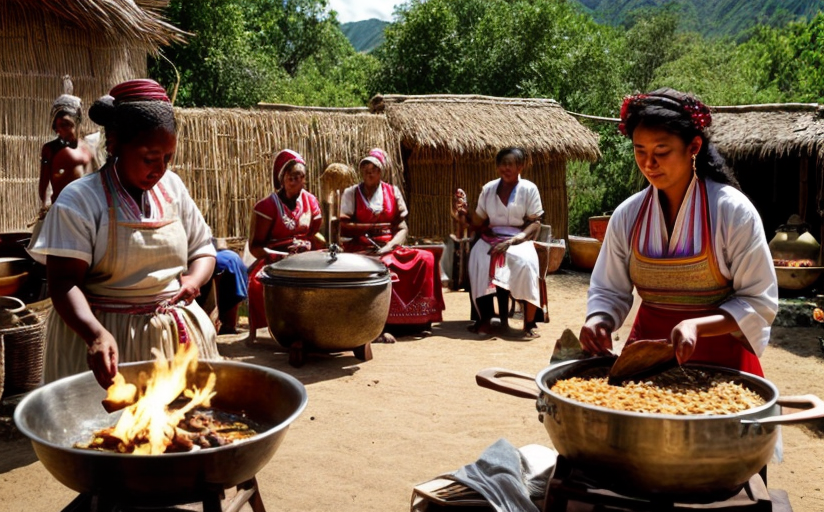A Gastronomic Journey: Exploring Indigenous Cooking Methods around the World
In this article, we are embarking on a gastronomic journey around the world, exploring a variety of indigenous and traditional cooking methods. From the clay pot cooking in China to the underground ovens in the Pacific Islands, we will delve into the uniqueness of each technique, their histories and cultural significance. Moreover, we will also explore how these methods contribute to the distinct flavours of native cuisines.
Clay Pot Cooking in China
The process of cooking in clay pots has been a long-standing tradition in China. This method creates a sealed environment that preserves heat and moisture, leading to dishes that are characteristically moist and tender. The clay material also contributes to a unique, earthy flavour. Passed down through generations, this age-old tradition remains ever-present in many local households today.
Underground Ovens in the Pacific Islands
Underground ovens, or 'umu', as they are locally referred to in the Pacific Islands, allows for a slow-cooking process that draws out the natural flavours of food. The food is wrapped in banana leaves and placed on hot stones at the bottom of a pit. The pit is then covered with soil, insulating the food and turning the pit into an oven. This traditional cooking technique is commonly used during special occasions and communal events, reflecting its cultural significance to the people of the Pacific Islands.
These indigenous and traditional cooking techniques not only showcase the array of flavours native to distinct regions, but also the intricate relationship shared between a culture's culinary traditions and its history. They encapsulate stories overflowing from cookhouses to campfires, and lend a deep appreciation for the diversity and richness of global culinary traditions.
Learning about these methods offers a fascinating insight into how cooking methods have evolved, and in some places, how they are still applied in everyday cooking. As we unravel these stories from around the globe, we invite you to understand and appreciate the diversity and richness of culinary traditions that have been shared and passed down through countless generations.


















Comments
Leave a Comment